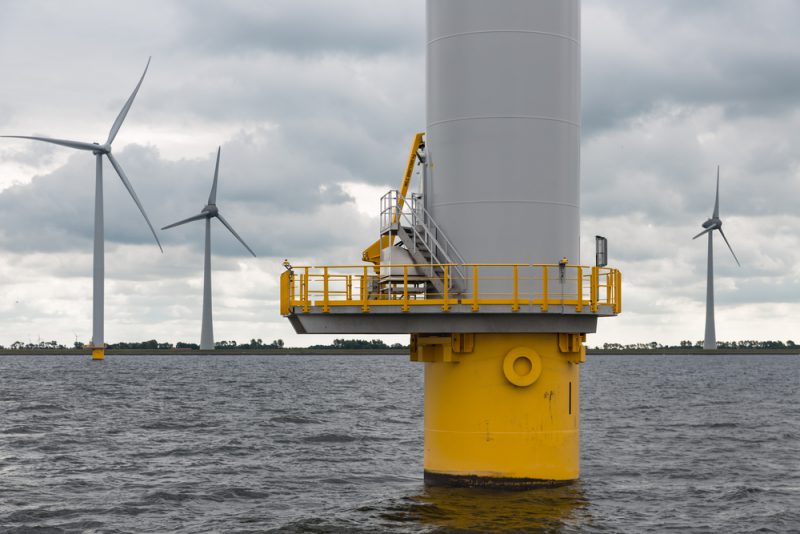Maine PUC to review draft terms sheet for Maine Aqua Ventus offshore wind project

Citing changes that have occurred since the Maine Aqua Ventus (MAV) wind project off Monhegan Island was approved in 2014, the Maine Public Utilities Commission (PUC) voted unanimously to review the term sheet Tuesday.
The commission noted “significant changes in energy markets and technology” that have occurred since the term sheet was initially approved for the two-turbine research and development project in 2014. Those changes include energy market price projections that are 80 percent less than projections considered by the PUC in 2014.
“The commission understands the importance of this project to MAV and its stakeholders,” PUC Chairman Mark Vannoy said. “On the other hand, it is incumbent on the commission to ensure that the proposal continues to meet the legal requirements established by the Maine Legislature in 2010 and remains in the public interest of Maine citizens and businesses.”
PUC also noted that numerous changes had been made the MAV project and proposal since the term sheet was approved in 2014. After issuing an order requesting comment in January, the PUC received more than 300 comments “on several matters,” the commission notes.
Maine Aqua Ventus stakeholders include Cianbro Corp., the University of Maine, the Advanced Structures and Composites Center, and Naval Energies. In a joint statement, the group said it remains “extremely committed to this project” and voiced confidence that it could answer PUC questions required to establish a production protection agreement (PPA) for the project.
”We have been blessed with tremendous, ongoing bipartisan support for this project from the legislature and from the people of Maine for the past 10 years,” Maine Aqua Ventus stated. “The Ocean Energy Act was passed unanimously by the State Legislature in 2010. Following this, the Maine voters approved an $11 Million bond to move this project forward. We are extremely thankful to the hundreds of thousands of Maine citizens who voted for this bond, and are also grateful to hundreds Maine citizens, businesses and nonprofit organizations who recently wrote to the PUC on behalf of this project.”
The group noted that there was “no offshore wind industry in the United States” when the PUC approved the draft terms sheet in 2014. Since then, Massachusetts awarded an 800 megawatt (MW) offshore wind project, Rhode Island awarded a 400 MW offshore wind project and New Jersey enacted a law to add 3,500 MW of offshore wind by 2030.
“It’s clear that the US offshore wind industry is very real, but fixed foundation turbines are limited to shallow water depth,” Maine Aqua Ventus said. “Most of Maine’s offshore wind resource and nearly 60 percent of the U.S. offshore wind resource is located in deepwater where only floating turbines can be used. It’s clear that floating offshore wind is the next frontier, and Maine’s floating turbine technology can still put our state in the driver’s seat.”
